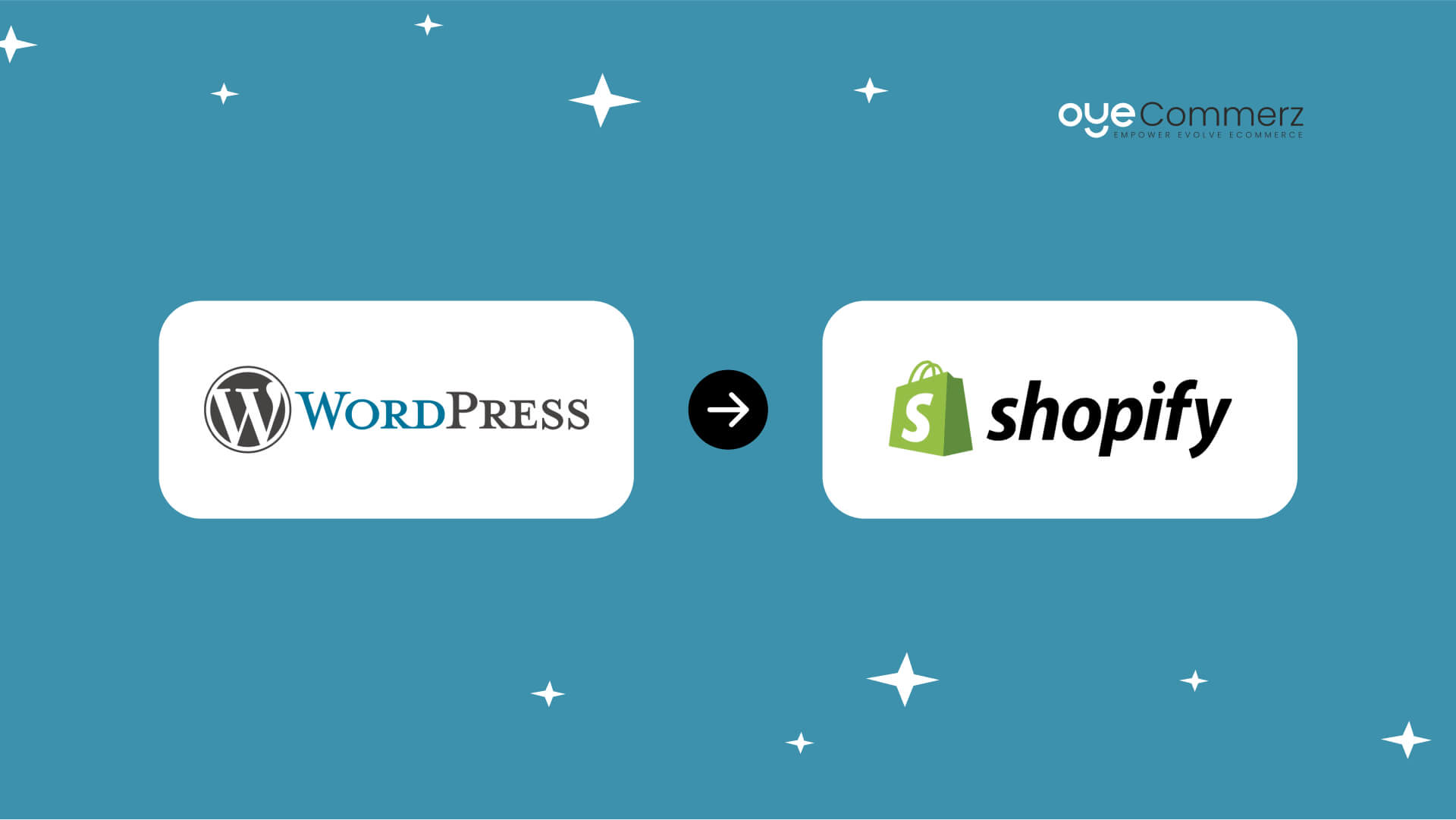Shifting from WP to Shopify is an promising step in optimizing your e-commerce operations. As companies expand, selecting a solution that aligns with growth potential, user experience, and customization becomes crucial. Shopify is widely recognized as a preferred choice for online merchants, offering unmatched flexibility, security, and ease of use. In this guide, we’ll explore why this migration is a game-changer, highlight the benefits, and share practical tips to facilitate a smooth move.
1. Top Reasons to Transition from WordPress to Shopify
The combination of WordPress and WooCommerce, continues to support countless e-commerce platforms. Nevertheless, as companies scale, challenges like reliance on plugins, security vulnerabilities, and technical complexities can hinder progress. Shopify, designed explicitly for e-commerce, eliminates these concerns with an all-in-one, intuitive platform. Statistics back this shift—Shopify powers over 4.4 million websites globally, with a documented 10% boost to sales performance for numerous merchants post-switch.
2. Key Benefits of Shopify for E-commerce Success
Shopify’s robust ecosystem is tailored for scaling brands. Its standout benefits are:
- Seamless Customization: Shopify offers over 80 expertly crafted themes.
- Built-in Features: Capabilities such as Shopify Payments and integrated SEO save time and effort.
- International Expansion: Multi-currency support and regional customization empower brands to reach global markets.
Additionally, Shopify delivers an uptime rate of 99.98%, guaranteeing your website is always operational.
3. Preparing for WordPress to Shopify Migration
Prior to starting the migration process, assess your current store. Review inventory details, customer details, and SEO performance. Resources such as Shopify’s Migration Kit or third-party solutions can simplify this process. Create a detailed strategy, ensuring all resources—item details, images, and articles—are optimized for transfer.
4. Data Migration: A Critical Step
Transferring your data is a cornerstone of a successful transition. When migrating from WP to Shopify, prioritize:
- Inventory Details: SKU, descriptions, and groupings.
- Customer Data: Emails, purchase records, and custom fields.
- SEO Optimization: Retain meta tags, URLs, and redirects to avoid SEO losses.
Leverage apps like LitExtension to streamline data transfer while minimizing errors.
5. Customizing Your Shopify Store
After the move, customizing your Shopify store helps it aligns with your brand. Take advantage of Shopify’s drag-and-drop editor to design pages effortlessly. Shopify's templates are optimized for all devices, ensuring a seamless UX across platforms—a key point, since 74% of online shopping is generated by mobile visitors.
6. Maintaining SEO During Migration
SEO is vital for preserving your visibility during migration. Shopify excels in SEO with clean URL structures, built-in WordPress to Shopify guide optimization tools, and smooth content management. Ensure:
- Implement 301 redirects for old URLs.
- Enhance updated content with keyword-rich content.
- Leverage plugins like Plug in SEO to track analytics after the switch.
7. Essential Tests After Migrating to Shopify
After finishing the transfer, conduct thorough testing.
Review:- Website speed (Shopify delivers faster speeds in contrast with WordPress).
- Functionality of payment gateways and checkout processes.
- Mobile responsiveness.
Quality assurance guarantees your store delivers a seamless shopping experience from day one.
8. Real-Life Success Story
An example of effective platform switching is Gymshark, a sportswear company that transitioned to Shopify. Post-migration, the company saw a 60% increase in mobile sales and reduced site downtime. This highlights the potential of Shopify in driving online business success.
9. Overcoming Common Migration Issues
Migration comes with challenges, such as information accuracy and adjusting tailored features. However, Shopify’s robust support and third-party experts simplify the process. Partnering with qualified Shopify developers helps guarantee a smooth transition.
10. Making the Switch: The First Step Toward Success
Switching from WordPress to Shopify marks a forward-thinking decision to e-commerce. E-commerce re-platforming By addressing scalability, streamlining operations, and enhancing the customer experience, Shopify enables companies to thrive in challenging industries.
Final Thoughts
Switching from WordPress to Shopify is a strategic move that can greatly enhance your e-commerce success. With a well-structured strategy, the right tools, and professional guidance, you can unlock new success milestones.
Ready to make the leap? Reach out today to learn how our Shopify migration services can transform your e-commerce platform. Get in touch today, or ask yourself: Can your business afford to miss out on Shopify’s growth potential?

Comments on “Effortless Transition from WordPress to Shopify: Your Ultimate Guide to E-commerce Success”